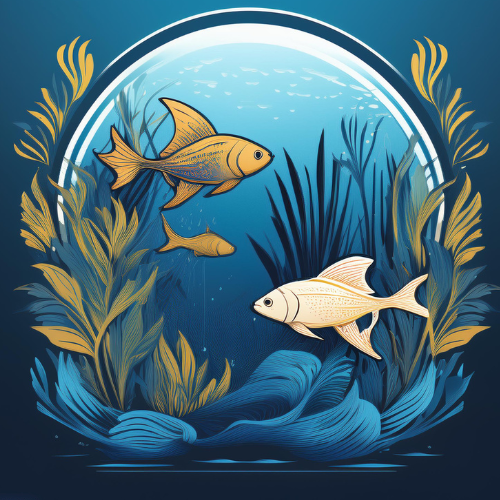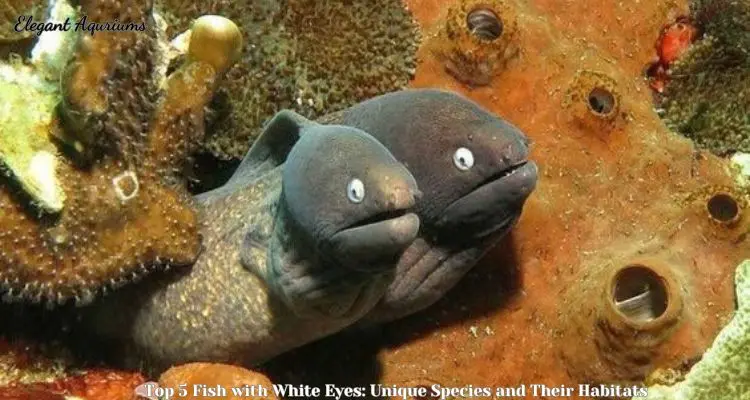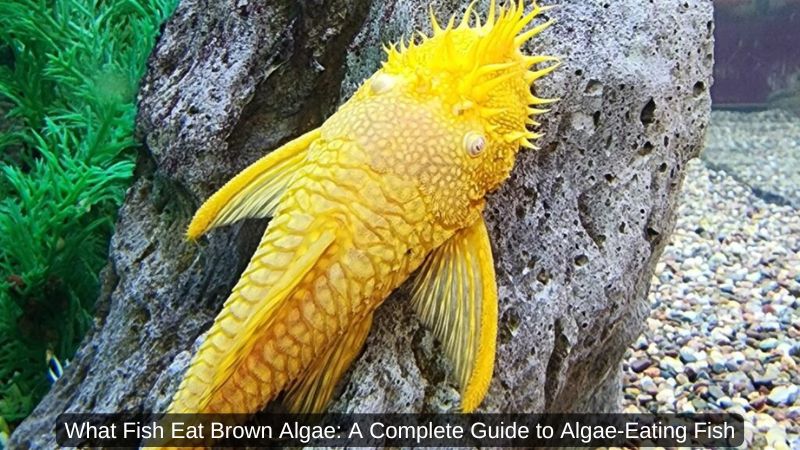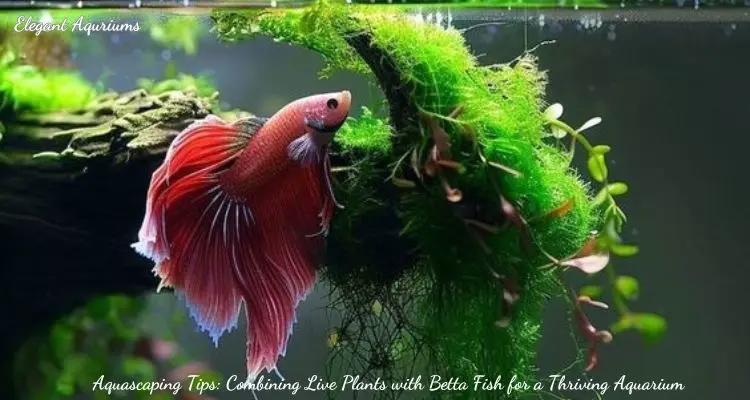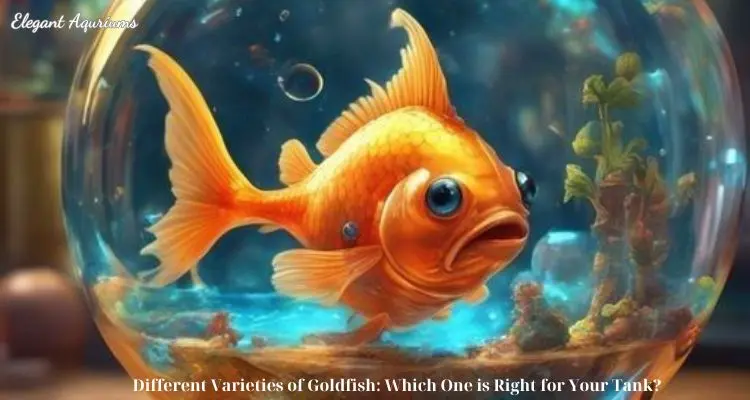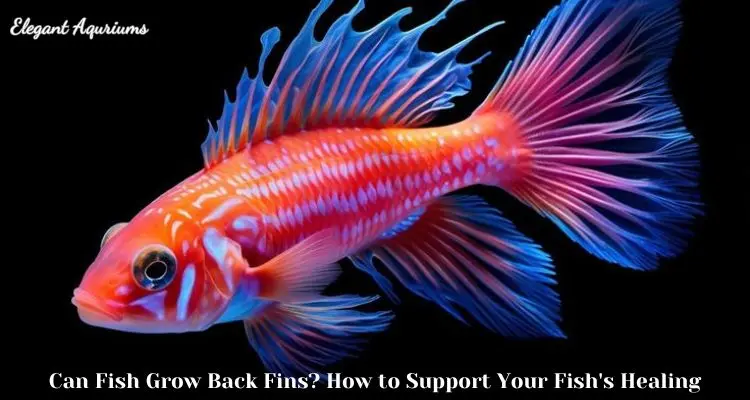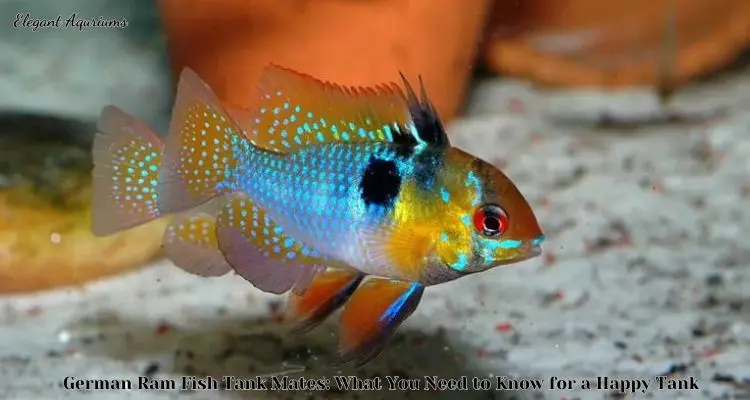Fish and fish varieties
Top 5 Fish Starts with X: Interesting Facts and Care Tips
The world of aquarium fish is incredibly diverse, featuring species that range from the common to the exotic. Among the more unusual are those whose names start with the letter “X.” These fish, though often overlooked, are fascinating and unique. In this article, Elegant Aquriums will explore the top 5 fish starts with X, offering interesting facts and essential care tips to help you better understand and care for these distinctive aquatic creatures.
Top 5 Fish Starts with X
1. X-ray Tetra (Pristella maxillaris)
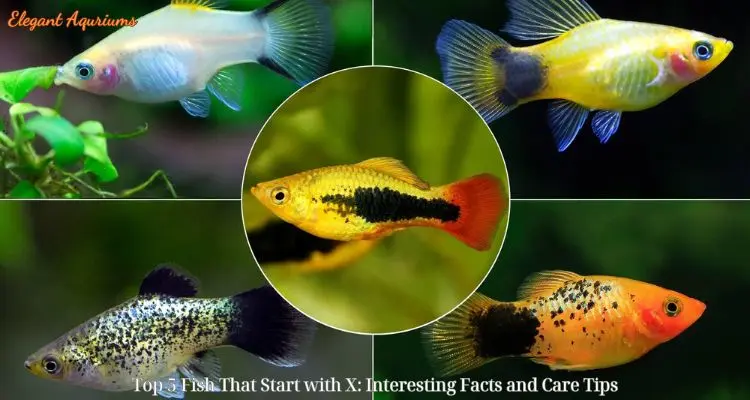
The X-ray tetra is one of the most well-known fish starting with X. Named for its transparent body that allows you to see its internal organs, this small, peaceful fish is a popular choice for community tanks.
Interesting Facts:
- Transparency: The X-ray tetra’s see-through body is its most distinctive feature, giving it the appearance of an X-ray image. This transparency serves as a camouflage mechanism, helping the fish blend into its surroundings and avoid predators.
- Versatile Habitat: Native to the coastal rivers of South America, X-ray tetras are highly adaptable and can thrive in a variety of water conditions.
- Schooling Behavior: X-ray tetras are schooling fish, meaning they prefer to live in groups. This behavior not only provides them with a sense of security but also creates a visually stunning effect in the aquarium as they move in unison.
Care Tips:
- Tank Size: A tank of at least 10 gallons is recommended for a small school of X-ray tetras. A larger tank allows for more stable water conditions and gives the fish ample space to swim.
- Water Parameters: X-ray tetras thrive in water with a pH between 6.0 and 7.5 and a temperature range of 72°F to 82°F. They prefer slightly acidic to neutral water, similar to their natural habitat.
- Diet: These fish are omnivores and enjoy a varied diet of flake food, small pellets, and frozen or live foods like brine shrimp and bloodworms. Regular feeding of high-quality food will keep them healthy and vibrant.
2. Xenotilapia (Xenotilapia spp.)
Xenotilapia is a genus of cichlids found in the deep, sandy bottoms of Lake Tanganyika in Africa. These fish are admired for their unique appearance and specialized feeding behaviors.
Interesting Facts:
- Sand Sifters: Xenotilapia species are known as “sand sifters” because they sift through the sand to find food. This behavior is fascinating to watch and highlights their adaptation to life in the sandy lakebeds of their natural habitat.
- Pair Bonding: Many Xenotilapia species form strong pair bonds and are known for their cooperative breeding strategies. They are mouthbrooders, meaning the female carries the fertilized eggs in her mouth until they hatch.
- Diverse Species: The genus Xenotilapia includes various species, each with distinct colors and patterns. Their elegant and graceful movements make them a visually striking addition to any aquarium.
Care Tips:
- Tank Requirements: A spacious tank of at least 50 gallons is necessary, as these fish require plenty of sand substrate to exhibit their natural sifting behavior. The tank should have fine sand and minimal decorations to mimic their natural environment.
- Water Quality: The water should mimic the conditions of Lake Tanganyika, with a pH of 8.0 to 9.0 and a temperature between 75°F and 82°F. Maintaining high water quality is crucial for their health.
- Diet: Xenotilapia fish primarily feed on small invertebrates and should be given a diet rich in protein, including live or frozen foods like mysis shrimp, daphnia, and brine shrimp. Providing a balanced diet will ensure their optimal health and coloration.
3. Xiphophorus (Xiphophorus spp.)
Xiphophorus is a genus that includes well-known aquarium fish like the platy and swordtail. These fish are popular among hobbyists for their vibrant colors, ease of care, and interesting breeding behaviors.
Interesting Facts:
- Hybridization: Xiphophorus species are known for their ability to hybridize with each other, leading to a wide variety of colors, patterns, and fin shapes in captivity. This diversity makes them a favorite among breeders and hobbyists alike.
- Livebearers: Like other members of the family Poeciliidae, Xiphophorus species are livebearers, meaning they give birth to live, free-swimming young instead of laying eggs. This characteristic makes them fascinating to observe during breeding.
- Hardy Fish: These fish are incredibly resilient and can adapt to a wide range of water conditions, making them ideal for beginners. They are also known for their peaceful nature, making them suitable for community tanks.
Care Tips:
- Tank Setup: A minimum of 20 gallons is recommended for a group of Xiphophorus fish. They appreciate a well-planted tank with plenty of swimming space and hiding spots.
- Water Parameters: They thrive in water with a pH between 7.0 and 8.0 and a temperature of 72°F to 82°F. Regular water changes and maintaining stable water conditions are key to their health.
- Diet: Xiphophorus are omnivorous and should be fed a varied diet that includes high-quality flakes, vegetables, and occasional treats like daphnia, bloodworms, or brine shrimp. Providing a diverse diet will keep them healthy and encourage vibrant coloration.
4. Xenentodon cancila (Needlefish)
Xenentodon cancila, commonly known as the freshwater needlefish, is a unique species native to South and Southeast Asia. Known for its elongated body and needle-like snout, this fish is a fascinating predator.
Interesting Facts:
- Surface Dweller: Xenentodon cancila is primarily a surface dweller, where it hunts for insects and small fish. Its long, slender body allows it to move quickly and strike prey with precision.
- Ambush Predator: It uses its slender body to remain nearly invisible at the water’s surface, waiting patiently for the right moment to strike. This ambush predation technique is a testament to its adaptation to a predatory lifestyle.
- Adaptability: Despite being a predator, this species can adapt to aquarium life if provided with the right environment. They are often kept by experienced hobbyists who appreciate their unique behavior and appearance.
Care Tips:
- Tank Size: A large tank, at least 55 gallons, is necessary to accommodate the needlefish’s size and active nature. The tank should be long and shallow, providing plenty of surface area for the fish to patrol.
- Water Conditions: Maintain a pH of 7.0 to 8.5 and a temperature between 75°F and 82°F. The tank should be well-covered to prevent the fish from jumping out, as they are known for their ability to leap out of the water.
- Diet: Xenentodon cancila is carnivorous and should be fed live foods such as small fish, insects, and crustaceans. Feeding live prey mimics their natural hunting behavior and keeps them engaged.
5. Xenurobrycon (Xenurobrycon spp.)
Xenurobrycon is a lesser-known genus of small tetras found in the rivers of South America. These fish are notable for their delicate appearance and interesting behaviors.
Interesting Facts:
- Sexual Dimorphism: In some species, males and females can be easily distinguished by differences in size, color, or fin shape. This sexual dimorphism is often more pronounced during the breeding season.
- Schooling Behavior: Like other tetras, Xenurobrycon species prefer to live in groups, displaying more natural behaviors and colors when kept in schools. Their schooling behavior also provides a sense of security in the aquarium.
- Delicate Species: These fish are more sensitive to water conditions than some of their more robust tetra relatives, making them a bit challenging for beginners. However, their beauty and unique behavior make them worth the extra care.
Care Tips:
- Tank Requirements: A small group of Xenurobrycon tetras can be kept in a well-maintained tank of at least 20 gallons. The tank should be densely planted to provide hiding spots and mimic their natural environment.
- Water Quality: Soft, slightly acidic water with a pH between 5.5 and 7.0 and a temperature of 72°F to 80°F is ideal. Regular water changes are essential to maintain water quality and prevent the buildup of toxins.
- Diet: They should be fed a variety of small foods, such as micro-pellets, flake food, and live or frozen options like brine shrimp and daphnia. A varied diet will ensure their nutritional needs are met and keep them healthy.
Benefits of Keeping Fish that Start with X
Adding fish like those mentioned above to your aquarium offers a variety of benefits beyond simply diversifying the species in your tank. Here are some reasons why you might want to consider these unique fish:
1. Enhanced Visual Appeal
Fish such as the X-ray tetra and Xenotilapia species are visually stunning. Their unique appearances, such as the translucent bodies of X-ray tetras or the graceful sifting behavior of Xenotilapia, can add an element of intrigue and beauty to your aquarium. The distinct shapes, colors, and behaviors of these fish create a dynamic and ever-changing visual experience that is captivating to watch.
2. Unique Behaviors
Each of these species exhibits interesting behaviors that are fascinating to observe. For instance, the X-ray tetra’s schooling habits can add life and movement to the middle of your tank, while the Xenotilapia’s sand-sifting activities provide natural entertainment as they forage for food. These behaviors can help make your aquarium a more engaging and interactive environment.
3. Educational Opportunities
For those interested in learning more about fish behavior and ecology, keeping these species provides a hands-on educational experience. Watching how these fish interact with their environment and other tank inhabitants can offer insights into the natural world. This is especially valuable for younger aquarists or anyone interested in expanding their knowledge of aquatic life.
4. Conversation Starters
Fish that start with X are not as commonly found in home aquariums, which makes them excellent conversation starters. When visitors notice the unusual species in your tank, it’s an opportunity to share interesting facts about these fish and the effort it takes to care for them. This can spark discussions about aquaristics, conservation, and biodiversity.
5. Encourages Responsible Fish Keeping
Many of the fish mentioned, such as Xenentodon cancila and Xenurobrycon species, require specific care and attention to thrive. Owning these fish encourages responsible fishkeeping practices, such as maintaining proper water conditions, regular tank maintenance, and providing an appropriate diet. By focusing on the needs of these unique species, you become a more conscientious and skilled aquarist.
Challenges of Keeping Fish that Start with X
While these fish are certainly fascinating, they do come with challenges that potential owners should be aware of before introducing them to their aquarium.
1. Specialized Care Requirements
Some species, like the Xenentodon cancila, have very specific care requirements that might not be suitable for beginner aquarists. These fish need particular water parameters, a well-thought-out tank setup, and a diet that closely mimics their natural feeding habits. If these conditions are not met, the fish may become stressed, leading to health issues or even death.
2. Compatibility Concerns
Not all fish starting with X are compatible with typical community tank species. For example, the needlefish Xenentodon cancila is a predatory species that may view smaller fish as prey, which could lead to problems in a mixed-species tank. It’s essential to research the compatibility of these fish with your current tank inhabitants before adding them to avoid potential conflicts.
3. Size and Space Requirements
Many of these fish, particularly those like Xenotilapia and Xenentodon cancila, require larger tanks due to their size and active nature. Ensuring that your aquarium is spacious enough to accommodate their needs is crucial. This may involve upgrading your current tank or carefully planning the space in a new setup, which can be a significant investment.
4. Difficulty in Breeding
Breeding some of these species can be challenging, especially in a home aquarium setting. While livebearers like Xiphophorus species might breed readily, others, like Xenotilapia, have complex breeding behaviors that require specific conditions to succeed. This can be a rewarding experience for experienced aquarists but might be frustrating for those just starting out.
5. Availability and Cost
Because fish that start with X are not as common, they can sometimes be harder to find and may be more expensive than other, more readily available species. This limited availability might require ordering them from specialized breeders or paying a premium price at pet stores or online retailers. Additionally, the specialized equipment needed to care for these fish can also add to the overall cost.
Conclusion
Fish species that start with the letter X may be uncommon, but they offer a unique and rewarding experience for aquarists. From the stunning X-ray tetra to the intriguing needlefish, these species bring something special to your tank.
Caring for them requires attention to their specific needs, including tank size, water conditions, and diet. With proper care, these fascinating fish can thrive and add a touch of intrigue to your aquarium, whether you’re an experienced aquarist or a beginner exploring new species.
